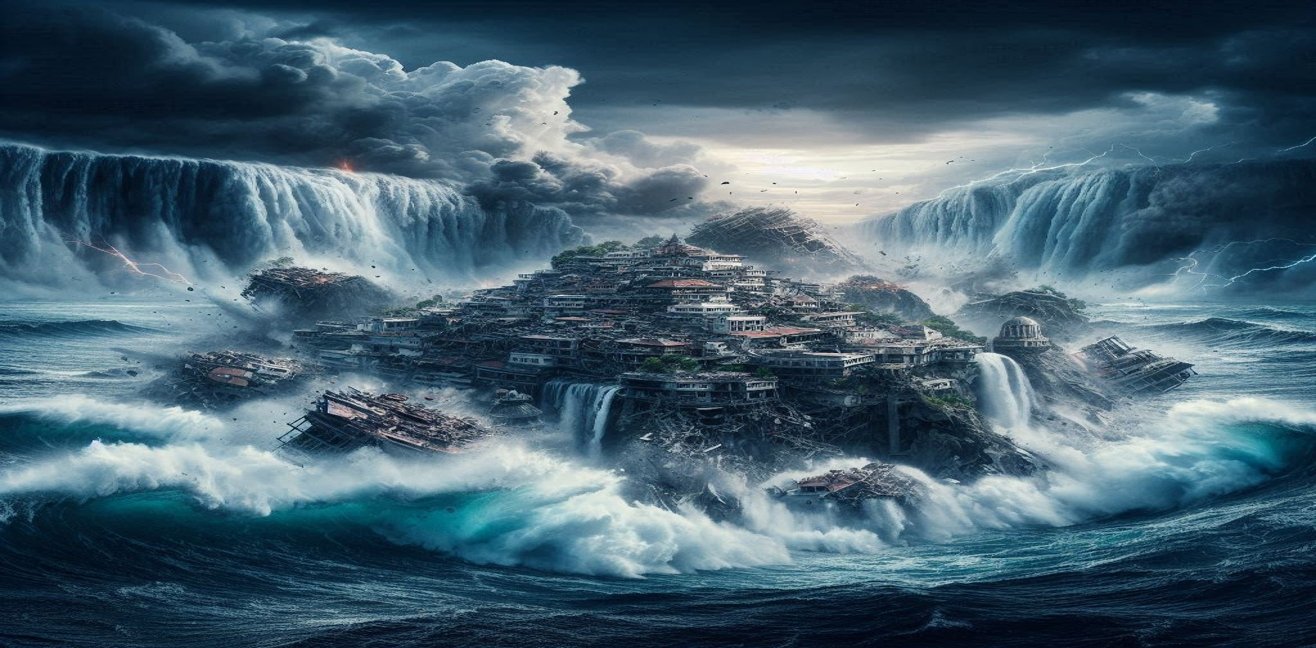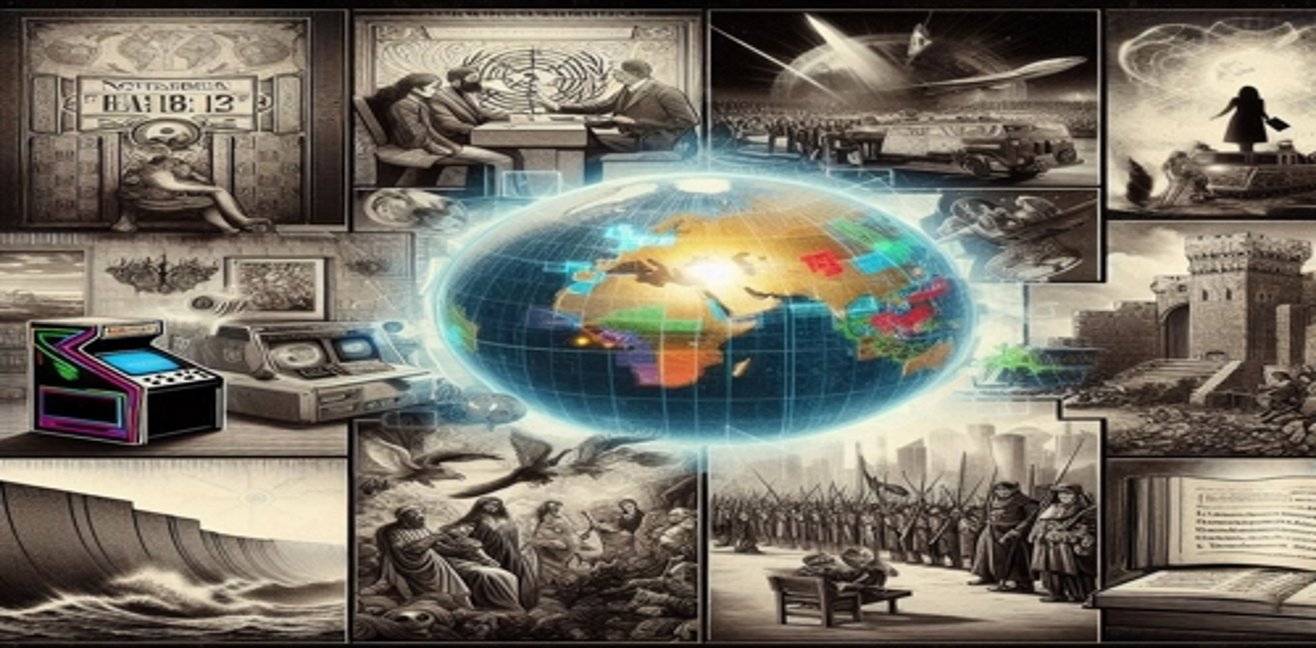In the dark years of the Middle Ages, natural disasters profoundly affected human life. On June 2, 662, three Greek islands were destroyed by a massive earthquake. This event dramatically altered the population and settlement patterns of the region. Earthquakes, particularly in ancient and medieval times, were key factors that shaped human lives and the development of civilizations. The devastating earthquake on the Greek islands marked a period of trauma and reconstruction for the people of that era.
Earthquakes in the Middle Ages and Their Effects
The Middle Ages were a time when science and technology were not as advanced as today, and people had little knowledge about the causes of natural disasters. Earthquakes were often seen as divine punishment or the unpredictable power of nature. The great earthquake on June 2, 662, caused the destruction of three Greek islands, resulting in immense devastation. The submerging of these islands not only led to physical destruction but also radically changed the lives of the people in the region.
The Destruction of the Greek Islands
The destruction caused by the earthquake wiped out the livelihoods and living spaces of the islanders. This event triggered a major demographic shift, forcing survivors to search for new places to live. Historical records mention the terror and chaos created by this earthquake, and it has been noted by historians of the time. After the earthquake, the region faced a humanitarian crisis and began a process of reconstruction.
Reconstruction and Recovery
After such a massive natural disaster, communities enter a process of rebuilding. Homes, infrastructure, and social order must be reconstructed. The earthquake on the Greek islands forced the local population to search for new settlements and reorganize their lives. This process led to significant cultural and economic changes.
June 2, 1328: The Devastating Earthquake in the Philippines
On June 2, 1328, a massive earthquake occurred in the Philippines, resulting in the destruction of nine islands and islets. The Philippines lies in the seismically active region known as the Pacific Ring of Fire, which has witnessed many destructive earthquakes throughout history. The 1328 earthquake was one of these catastrophic events. It brought not only geographical destruction but also significant social and economic disruption. The disappearance of the islands forced the repopulation of the region and the rebuilding of its social structure.
The Pacific Ring of Fire and the Philippines
The Philippines is located in the Pacific Ring of Fire, one of the most seismically and volcanically active regions in the world. This area is constantly subject to earthquakes and volcanic activity due to the movements of tectonic plates. The great earthquake of 1328 is recorded as one of the most destructive events in this active region.
The Destruction Caused by the Earthquake
As a result of the earthquake, nine islands and islets were completely destroyed. This event deeply affected not only the geographical structure of the region but also its social and economic fabric. The disappearance of the islands led to the loss of agricultural land, fishing areas, and settlements. This created chaos and a humanitarian crisis in the Philippines at the time.
Resettlement and Social Reconstruction
After such a massive natural disaster, communities in the Philippines were forced to find new living spaces and rebuild their social structure. The loss of the islands led to the migration of the population to safer areas and the establishment of new settlements. This process was fraught with challenges at both individual and societal levels. The reconstruction process took years of effort and tested the resilience of the community.
Conclusion
The fact that June 2 was such a devastating day for both the Greek islands and the Philippines highlights the impact of natural disasters on civilizations throughout history. Both events radically changed the lives of the people of the time, initiated reconstruction processes, and marked periods when social resilience was tested. These disasters offer important examples for understanding the long-term effects of natural disasters on civilizations.




